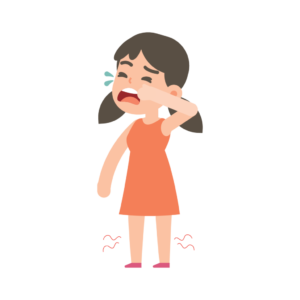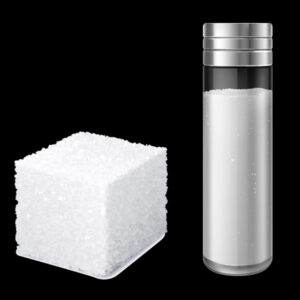
Sugar Intake in Children: How Much is Too Much?
nathaniclinic1
March 5, 2023
Sugar intake in children – The simple fact is that we add too much sugar to our children’s diets.
“Dis-moi ce que tu manges, je te dirai ce que tu es.”
Savarin 1826
[Tell me what you eat and I will tell you what you are]
Eating a healthy diet profoundly affects both the body and the mind and keeps us in good health and diseases at bay. Our ancestors were always conscious of this fact and favored the सात्विक (Saatvik – pure) diets. Unfortunately,
Gluttony is not a secret vice.
Orson Welles
Almost all of us succumb to the pleasures of the palate and our greed for food. This has evolutionary origins, but after agriculture was widespread, food, to a greater or lesser extent, has been primarily available in reasonable amounts to most of the population.
Parents are more than aware of the importance of diet in the matter of health and disease in children and are constantly working on how they can better their children’s health. Parents constantly agonize over what they should feed their children. They also like to pamper their kids. They have grown up loving their sweets and desserts and spoil their children by foisting what they like themselves setting up an unhealthy lifestyle right from the beginning. It is far more difficult to unlearn and relearn food habits than to start them off right.
What does the American Heart Association recommend?
The American Heart Association recommends that children between the ages of 2 and 18 consume no more than 25 grams (or 6 teaspoons) of added sugars daily. The AHA recommends avoiding added sugars for children under 2 years old.
This recommendation is for added sugars which are sugars that are added to foods during processing or preparation. Naturally occurring sugars, such as those found in fruits and milk, are not included in these recommendations.
Why is Sugar Intake in Children a Concern?
Excessive sugar intake in children can lead to a myriad of problems. The most insidious and dangerous is obesity, with its attendant morbidity. Tooth decay, metabolic syndrome, and the development of nutritional deficiencies due to not eating other healthy foods are some of the other problems.
Tips for Reducing Sugar Intake in Children
Here are some tips to help reduce your child’s sugar intake:
- Offer healthy snacks: Instead of sugary snacks, offer your child healthy alternatives such as fresh fruit, nuts, or whole-grain biscuits.
- Read labels: When shopping for ready-made foods and snacks, be sure to read food labels thoroughly and avoid foods that contain added sugars. Pro tip: Carry a magnifying lens to read the nutrient information that is in maddeningly small print!
- Limit sugary drinks: Soda, sports drinks, and packaged fruit juices are often high in added sugars. Instead, encourage your child to drink water, milk, or unsweetened natural fruit juices.
- Cook at home: With both parents working, this can be difficult, but cooking meals at home is the surest way to control the added sugars in your child’s diet. Try to cook one item daily and most of the cooking at the weekend if you are both working parents.
- Choose whole foods: Whole foods, such as fruits, vegetables, and whole grains, are naturally low in sugar and provide essential nutrients.
Doctor, can I use jaggery instead of sugar? I heard it is very healthy
While jaggery contains more nutrients than white sugar, including iron, calcium, and potassium, it still has too many added sugars. It should be avoided/limited to the recommended limits of sugar intake in children. The glycemic index of sugar is 65, while that of jaggery is 84.4!
What is this glycemic index?
The glycemic index (GI) is a rating system for foods containing carbohydrates. The reference is how much eating 100 gm of glucose will raise your blood sugar over a specific period of time. This acts as an index of 100. All other foods are then compared against this to determine their GI index ratio to glucose.
For a fairly comprehensive list of the glycemic index of foods, please check this out.
Knowing the glycemic load (GL) of what you eat is also important. This is the amount of the food you eat in conjunction with the GI of that food.
My child indulges in a lot of athletic activities. Does she need energy drinks?
We have a whole blog post on that.
Please feel free to ask any questions that you may have by commenting below.
Our Consulting Specialities
Recent Posts


Subscribe Our Newsletter
The premier children’s clinic and general vaccination center in Chembur, Mumbai
Make an Appointment
- 8 AM - 8 PM , Monday - Saturday
Call Us Today
9987084813
Online Doctor Consultation Nathani Clinic
Copyright © 2024. All rights reserved.


